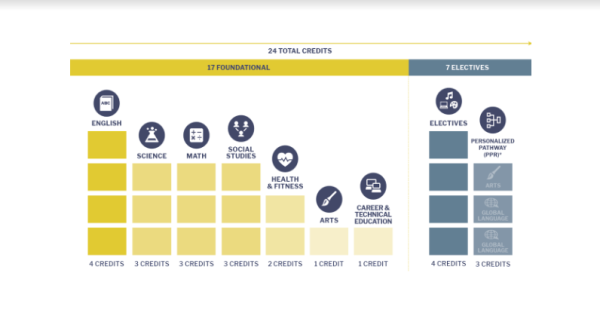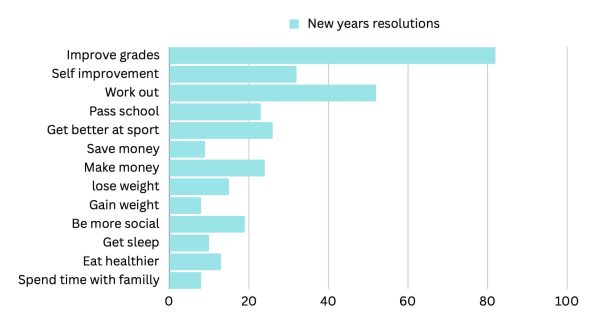The Legend and Traditions of St. Patrick’s Day
Saint Patrick’s Day brings up nightmares of not wearing green and getting tormented with pinches throughout the whole rest of the day, images of parades, parties, shiny shamrocks, and drinking loads of green beer (or just hearing about it). But Saint Patrick’s Day is said to have originated from a radical man in the 5th century.
Patrick, which is not his name at birth but given to him later, was growing up in Britain when, on one frightful day, he got taken with others in a pirate attack and sold into slavery in Ireland. Legend and historical accounts say he was in slavery for about six years and in that time God spoke to him and Patrick became a follower of Christ. He was then led to an escape through a dream that told him to travel to the coast where a boat would be waiting for him.
When he arrived safely back in Britain he became a bishop after studying in a monastery for twelve years. In another dream, he heard the voices of the Irish calling out to him and decided to go back to the place that held him captive. He travelled far and wide baptizing the people of Ireland and explaining concepts of the Bible through simple, memorable illustrations, like the three leaf clover or shamrock representing the Trinity; which refers to God the Father, God the Son, and God the Holy Spirit. Saint Patrick is also attributed with driving all of the venomous snakes out of Ireland and into the sea.
Saint Patrick’s Day celebrates the baptism of Ireland and has also morphed into a celebration of Irish heritage. People include leprechauns, the Celtic fairy, pots of gold, and the Blarney stone because of many legends and stories. These traditions will keep us wondering about their origins, and passing on pinches for generations onward.












